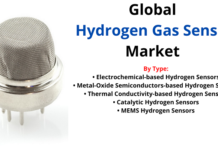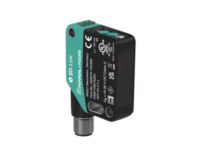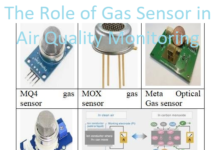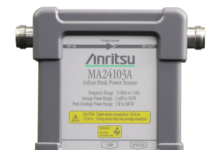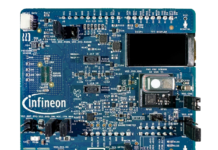
According to many scientists, the proposed hydrogen economy, positioning hydrogen as the most important carrier of sustainably generated energy, is an inevitable development. Unfortunately, the use of hydrogen entails certain risks, because it is flammable and difficult to detect. Reliable sensors to indicate the presence of hydrogen are therefore a vital element in the future hydrogen economy. Scientists at Utrecht University, TU Delft and the European Synchrotron Radiation Facility (ESRF) in Grenoble have now developed a sensor that changes colour when exposed to hydrogen.
The research that the scientists described in their publication in Nature Communications focuses on the combination of the chemical elements yttrium and zirconium, two so-called “transition metals.” The main advantage to this composite is that the material changes colour as it absorbs hydrogen, and the colour change depends on the amount of hydrogen absorbed. In so doing, research into transition metals has produced a hydrogen sensor that can be read by the naked eye.
The sensor can be produced as a strip that attaches to places where hydrogen pressure is measured, making it easier to detect leaks or measure whether the pressure of the hydrogen in an installation is high enough.
The principle behind the new sensor is that the atoms making up the metal grid structure have to make room for the uptake of hydrogen. This requires a certain amount of energy. The more energy needed for this process, the higher the pressure of the hydrogen must be in order for the process to take place. The amount of hydrogen absorbed by the material determines the degree to which it reflects light and thus changes its color.
With their research, the scientists have shown that the pressure at which hydrogen is stored and released in a grid of yttrium and zirconium can be accurately adjusted by choosing a specific ratio of the two metals, which also changes the amount of energy needed. This means that the sensitivity of the sensor can be determined by choosing a certain ratio of yttrium to zirconium, allowing for the measurement of pressures between 0.1 mbar and 10,000 mbar.
Hydrogen-powered cars
The results of this research may have an effect on the storage of hydrogen for use in vehicles. “At the moment, hydrogen is stored in 700 bar cylinders,” says Prof. Bernard Dam from TU Delft. “Ideally, we would like to store hydrogen in a light metal, such as magnesium. Unfortunately, the equilibrium pressure of magnesium is much too low, which means that it doesn’t provide enough flow of hydrogen to power a fuel cell.”
The researchers think that it may be possible to add a transition metal to the magnesium in order to increase the equilibrium pressure to at least 1 bar. This would make magnesium a suitable storage metal, and a lighter alternative to the cylinders currently used. Further research is needed in order to determine whether this idea is feasible.



